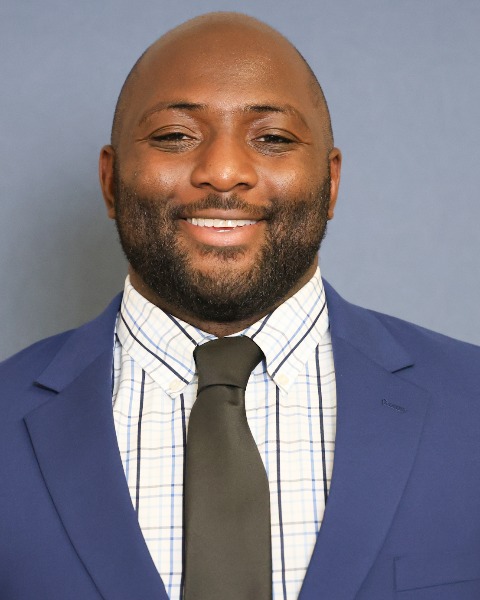Biomechanics/Neuromuscular
(03) VERTICAL JUMP PERFORMANCE DIFFERENCES BETWEEN THE NATIONAL TEAM AND SEMI-PROFESSIONAL 3X3 MALE BASKETBALL PLAYERS

Dimitrije Cabarkapa, PhD, CSCS*D, NSCA-CPT*D, USAW
Associate Director
Jayhawk Athletic Performance Laboratory - University of Kansas
Lawrence, Kansas, United States.jpg)
Damjana V. Cabarkapa, PhD, CSCS, NSCA-CPT, TSAC-F,USAW
Graduate Teaching/Research Assistant
University of Kansas
Lawrence, Kansas, United States
Nicolas M. Philipp, PhD(c)
PhD Candidate
University of Kansas
Lawrence, Kansas, United States- DK
Darko Krsman
Strength and Conditioning Coach
International Strength and Conditioning Institute
Novi Sad, Vojvodina, Serbia 
Quincy R. Johnson, CSCS*D, NSCA-CPT*D
Assistant Professor, Assistant Director
University of Kansas, Jayhawk Athletic Performance Laboratory
Lawrence, Kansas, United States
Andrew C. Fry, PhD, CSCS*D, FNSCA*E
Professor
University of Kansas
Lawrence, Kansas, United States
Podium Presenter(s)
Author(s)
With its inclusion as an official sport in the 2020 Tokyo Olympics, 3x3 basketball is a relatively new research topic of interest within the area of sports science. Thus, the data pertaining to this domain of athlete performance is still lacking, including neuromuscular performance characteristics assessed via countermovement vertical jump (CVJ).
Purpose: The purpose of the present study was to compare CVJ force-time metrics between the national team and semi-professional athletes.
Methods: Eleven 3x3 basketball players (age=22.1±3.1 years; hheight=196.8±4.2 cm; body mass=90.1±11.2 kg) volunteered to participate in the present study (n=5 national team; n=6 semi-professional). Upon completing a standardized warm-up procedure, each athlete stepped on a dual uni-axial force plate system (ForceDecks Max, Brisbane, Australia) sampling at 1000 Hz and performed three CVJs with no arm swing (i.e., hands on the hips during the entire movement). Each jump trial was separated by a 10-15 sec rest interval and the mean value across three jump trials was used for performance analysis purposes. The dependent variables of interest were concentric mean and peak force and power, expressed both in absolute and relative terms (i.e., divided by athlete's body mass), as well as jump height (i.e., impulse-momentum calculation) and reactive strength index (RSI)-modified (i.e., jump height divided by contact time). Independent t-tests were used to examine between-group differences in each force-time metric of interest (p< 0.05).
Results: Significant differences were observed in concentric relative mean and peak force and power. However, no differences were detected in the same force-time metrics when expressed in absolute terms. In addition, significant between-group differences were observed in jump height and RSI-modified (Table 1).
Conclusions: The findings of the present study reveal that national team 3x3 basketball players have superior lower-body neuromuscular performance characteristics within the concentric phase of the CVJ when compared to their semi-professional counterparts. Despite similar absolute mean and peak force and power magnitudes, the relative force and power production were considerably higher within the national team athletes, which ultimately resulted in greater jump height and RSI-modified. PRACTICAL APPLICATIONS: Overall, the results of this investigation further support the importance of well-developed and adequately implemented training regimens targeted toward strength and power development. Alongside providing sports practitioners with normative ranges for this specific group of athletes, these findings suggest that an ability to produce greater mean and peak force and power within the concentric phase of the CVJ may be one of the factors that can help 3x3 basketball players secure an opportunity to compete on a higher competitive level.
Acknowledgements: Wu Tsai Human Performance Alliance
